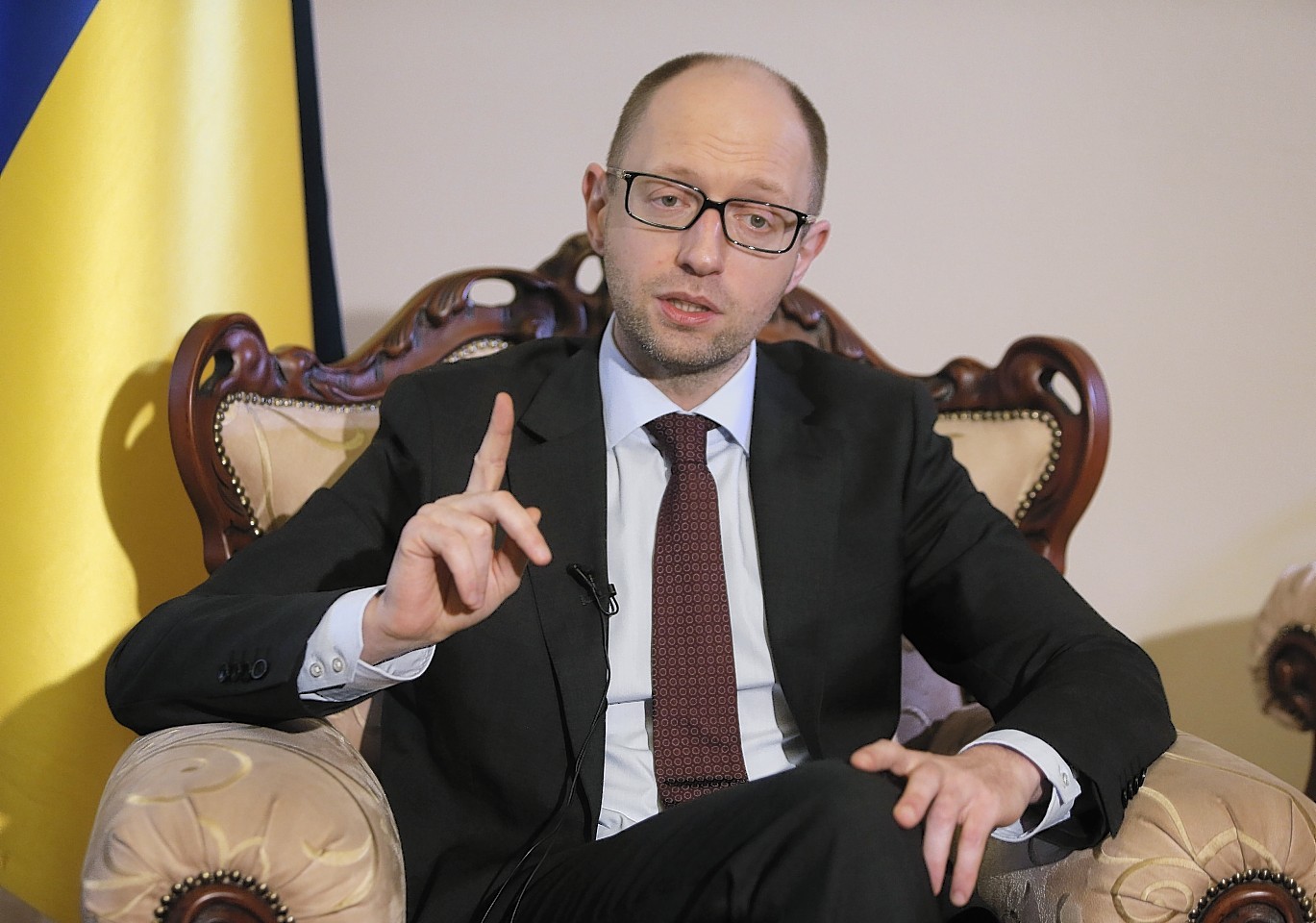At least one person is dead, and more than 30 people are trapped underground, after a coal mine explosion in eastern Ukraine.
The explosion at the Zasyadko mine in Donetsk, an eastern city under separatist control, was not caused by shelling, rebel authorities said.
Eastern Ukraine has been rocked by fighting between government forces and Russian-backed rebels for almost a year, a conflict that has killed more than 6,000 people.
The blast occurred more than 1,000 metres (3,280ft) underground as 230 workers were in the mine, separatist authorities in Donetsk said in a statement, blaming a mixture of gas and air – a common cause of industrial mining accidents.
By mid-afternoon, one miner was confirmed dead, 198 workers had been evacuated from the mine and the fate of 32 others was unknown, Donetsk rebel officials said.
It was not possible to immediately reconcile the figures given by authorities.
One lightly wounded miner being evacuated told the Associated Press that he saw five bodies being pulled out, but provided no further details.
Another injured miner, 42-year-old Igor Murygin, said at a hospital in Donetsk that he was blown off his feet by the impact of the explosion.
“When I came to, there was dust everywhere. People were groaning,” said Mr Murygin, who doctors said had burns over 20% of his body.
Mr Murygin said the mine had installed new equipment and that nothing appeared to be out of order.
The rebels said 15 miners were sent to medical centres in Donetsk, and a doctor there, Emil Fistal, was quoted as saying that at least six were in grave condition.
“For now, I can say only that 32 people are below ground. One person has died,” Ivan Prikhodko, administrative head of the Kiev district in Donetsk, where the affected mine is located, told Donetsk News Agency.
“Until rescuers get to them, speaking about how many people have died would be unethical.”
A mine rescue services representative, Yuliana Bedilo, also said only one death had been confirmed.
Ukrainian prime minister Arseniy Yatsenyuk said in Kiev that rebels had prevented a team of 60 Ukrainian rescue workers from reaching the mine to provide assistance.
But leading rebel representative Denis Pushilin denied that Ukrainian authorities had offered any help.
“If we truly need assistance, we will turn to Russia,” Mr Pushilin was quoted as saying by the Donetsk News Agency.
Separatist officials trickled into the grounds of the mine throughout the morning, but all refused to respond to questions, a stance that frustrated many miners’ families.
Valentina Petrova came to the Zasyadko mine looking for her 47-year-old son, Vladimir.
“He was supposed to retire next year. Everyone is angry that they say on TV that 32 people died but nobody tells us anything,” she said.
Miners arriving for their morning shift, hours after the accident, complained volubly about the long history of safety violations at the Zasyadko mine.
One, who gave only his first name, Kostya, said two of his brothers had been injured in earlier blasts at the same mine.
“We work like crazy for peanuts. We want this place to be safe. We want our children to be able to work here,” he told the AP.
The mine has a history of deadly accidents, including one in November 2007 that killed 101 workers, and two more in December 2007 that killed 52 miners and then five more workers.
Ninety-nine people were killed in Ukraine’s coal mines in 2014, according to mining safety bodies.
Thirteen of those deaths were a direct result of the war in the east, where mines have frequently been struck in artillery duels between rebel and Ukrainian government forces.
